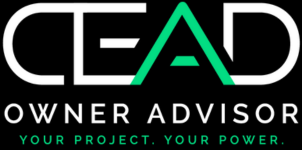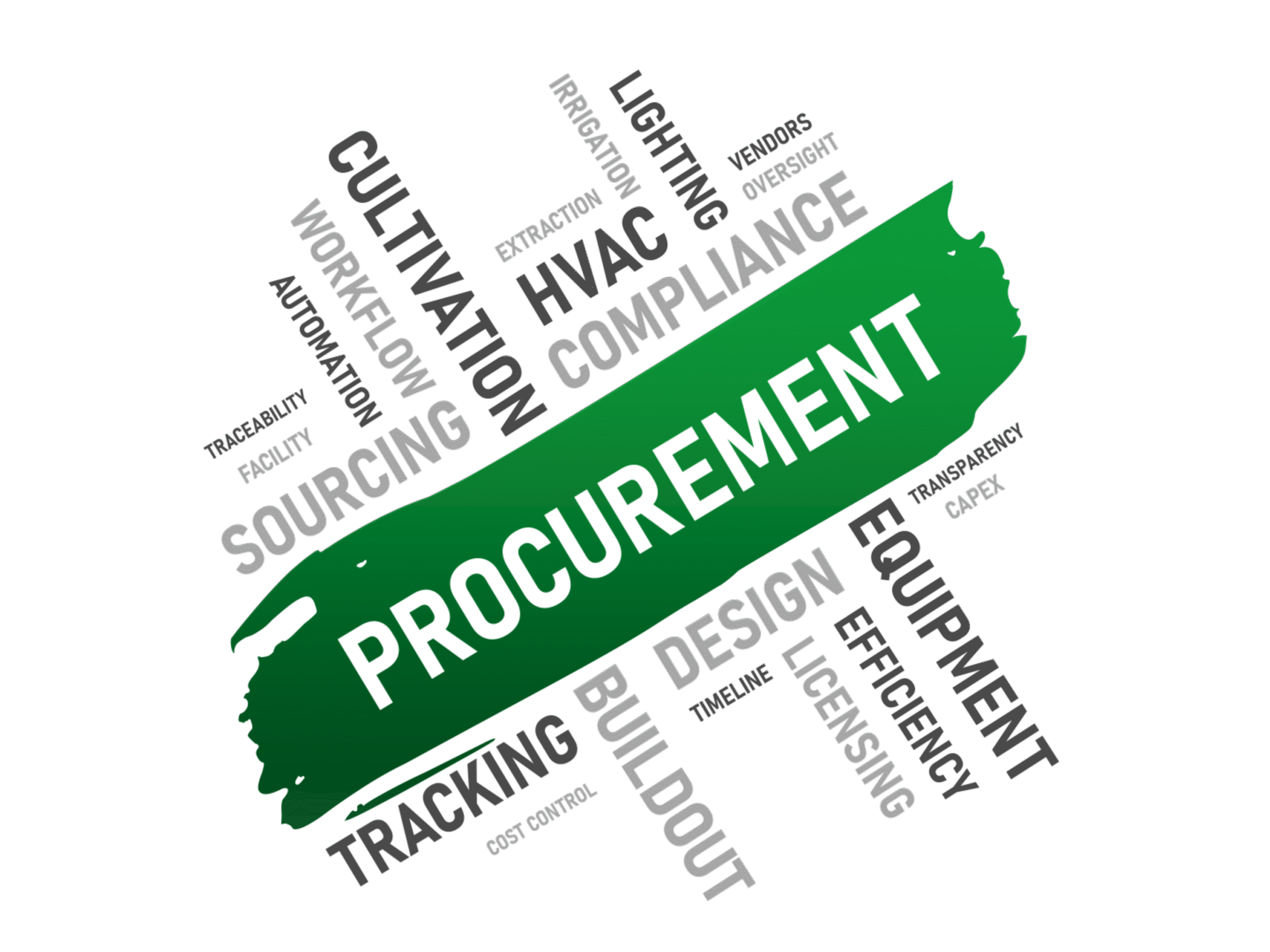1. Sourcing from Unverified Vendors
Many cultivators default to vendors based on marketing, personal referrals, or one-size-fits-all equipment packages. While that may seem convenient, unverified or inexperienced vendors often lack experience in cannabis-specific applications, leading to poor system integration and costly retrofits.
Avoid it by:
– Requesting third-party performance certifications such as DLC (for lighting) or AHRI (for HVAC).
– Using CEAD Owner Advisor’s RFP platform to directly compare certified manufacturers across categories like HVACD, LED lighting, fertigation, and environmental controls.
https://www.ceadowneradvisor.com/rfp-platform
2. Overlooking Long-Term Operating Costs
Low upfront prices can be deceiving. For example, cheaper HVAC units might lack variable-speed drives or integrated controls, driving up energy use. Fertigation systems that aren’t scalable may require costly upgrades after just one or two grow cycles.
Avoid it by:
– Evaluating total cost of ownership (TCO), not just upfront pricing.
– Reviewing case studies and performance benchmarks using our Procurement Insights Library.
https://www.ceadowneradvisor.com/insights-library
– Prioritizing systems that meet efficiency standards and rebate eligibility, like those listed in our CEA Equipment Database.
https://www.ceadowneradvisor.com/equipment-database
3. Lack of Facility-Specific Engineering
Every cultivation facility is unique — in climate, plant count, canopy layout, and compliance jurisdiction. A procurement plan that doesn’t account for specific environmental loads or utility capacity can result in equipment mismatches that hinder productivity or violate local codes.
Avoid it by:
– Using a third-party procurement advisor that aligns technical specs with real-world operational needs.
– Partnering with CEAD Owner Advisor’s engineering-integrated procurement team to ensure equipment is custom-matched to your design documents and performance goals.
https://www.ceadowneradvisor.com/owner-services
4. Disconnected Procurement and Design Teams
When architects, engineers, and procurement managers work in silos, miscommunication leads to delays, change orders, and onsite rework. These coordination issues often surface late — during install — when corrections are most expensive.
Avoid it by:
– Involving procurement advisors during early-stage planning and pre-construction.
– Integrating all stakeholders through shared dashboards and centralized RFx workflows, available through CEAD’s SaaS platform.
https://www.ceadowneradvisor.com/platform
5. Ignoring Data During Vendor Selection
Choosing a vendor based on brochures or discounts is risky. Data-driven procurement leverages historical yield comparisons, energy efficiency ratings, and rebate eligibility to guide decisions. Without that, growers end up gambling on inconsistent outcomes.
Avoid it by:
– Reviewing anonymized procurement benchmarks, rebate stats, and real-world outcomes via our platform’s data reports.
https://www.ceadowneradvisor.com/data-analytics
– Asking for side-by-side spec comparisons and lifecycle ROI projections — a standard feature of all CEAD RFP reports.
https://www.ceadowneradvisor.com/rfp-platform
Conclusion and Next Steps
Procurement shouldn’t be reactive — it should be a strategic advantage. The cannabis operators that thrive in today’s market are those who:
– Plan early
– Source directly from verified manufacturers
– Use data to drive decisions
– Align procurement with facility engineering
At CEADOwnerAdvisor.com, we help cultivators streamline procurement with transparency, data, and direct vendor access — not commissions or third-party markups.
Schedule a free procurement review to avoid these pitfalls before your next project.
https://www.ceadowneradvisor.com/contact

